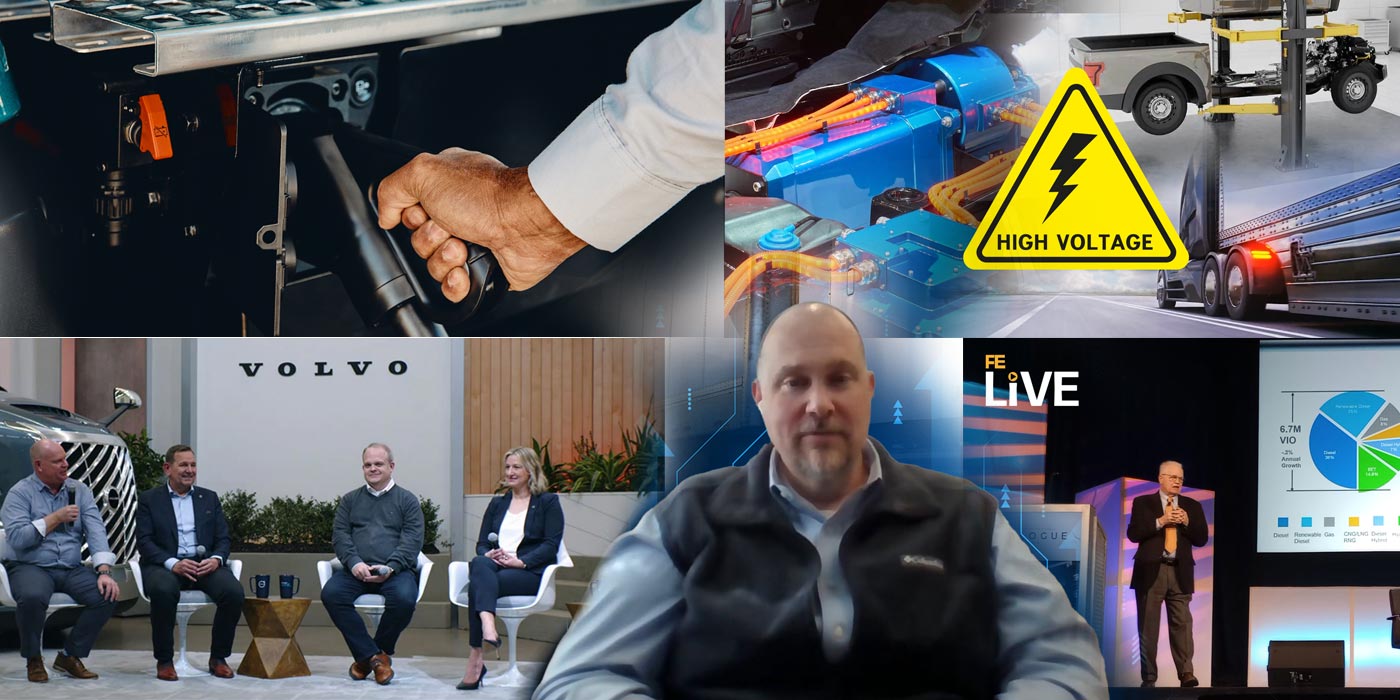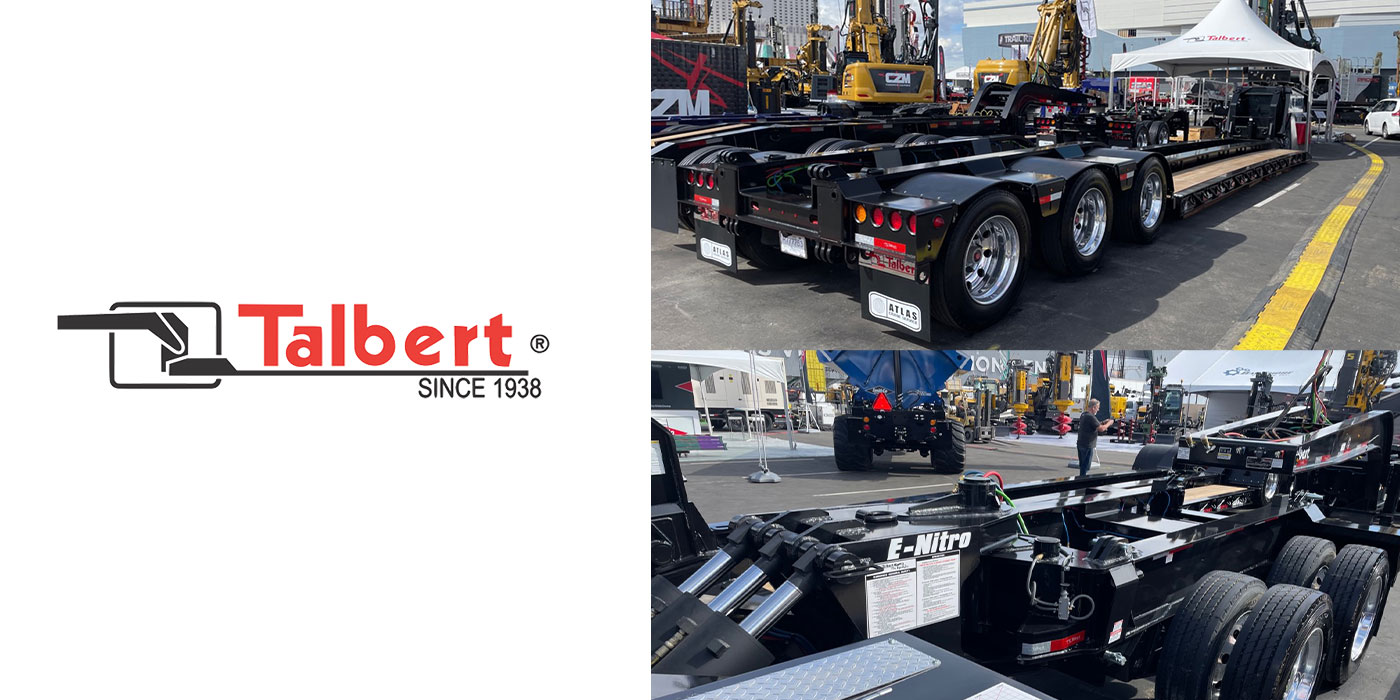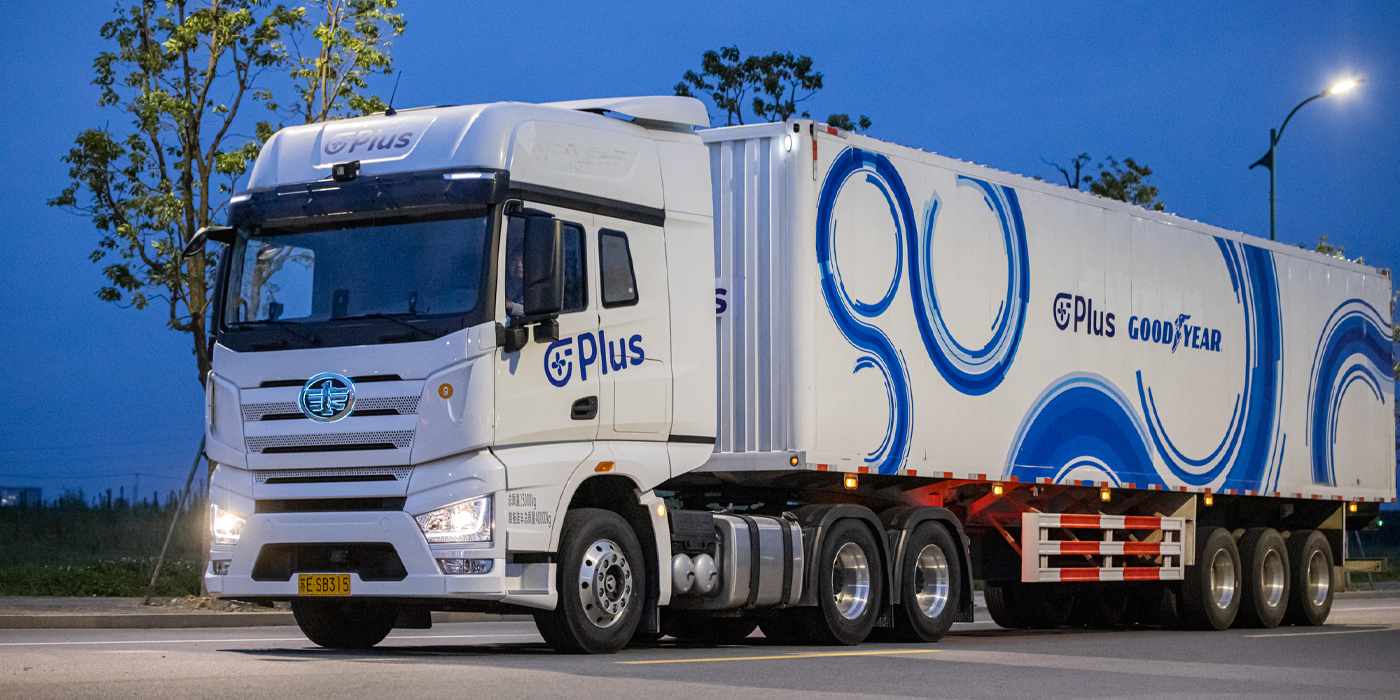To keep your truck running right, you need to treat it right. According to the equipment experts at Freightliner’s SelecTrucks, with routine checks, preventive maintenance and simple replacements, fleets can really help prolong vehicle life and performance. Here’s a list of things to consider:
Prevent problems
A preventive maintenance (PM) schedule should be based on the distance driven, along with wear and tear on trucks. To determine the correct maintenance schedule, first define the conditions driven and how they are driven.
For trucks run at 80 MPH, there will be higher maintenance costs than for those run 65 MPH. Trucks that haul heavy loads through mountains obviously have more wear and tear. Most maintenance manuals have a list of schedules from which you can identify the one that is best designed for your fleet applications.
When conscientiously followed, the right PM program can anticipate, identify and solve potential problems. Procedures can be as simple as checking the engine oil and tire air pressure frequently, or more sophisticated, such as using engine oil analysis to extend the drain intervals.
A simple plan includes checking tires, engine oil, wipers, lights, filters, coolant and belts/hoses. A more technical PM includes checking brakes, drive axles, wheel seals, transmission, batteries, exhaust systems, drivelines, suspensions, steering functions, clutches and engines.
Establishing trade cycles
If you only make repairs and do maintenance when trucks break down, or only trade a truck when it’s beyond repair, you aren’t running your truck—it’s running you.
Basically, you should consider a replacement when the principal, interest, maintenance and operating costs of an old vehicle are higher than the comparable costs attached to a newer vehicle. Dealers have experience helping fleets determine the best cycles for their operations.
Establish “life-cycle costing” for vehicles. Here’s a basic formula: As principal and interest payments on an older vehicle decrease, maintenance and operating costs usually increase. The increase in maintenance and operating costs is usually less than the decrease in principal and interest. The annual resale value is the tiebreaker, along with any manufacturer incentives.
Also consider that the resale value of an older vehicle, coupled with the manufacturing incentive, may offset the higher cost of the newer vehicle’s principal and interest. At this point, a trade makes sense.
Work with your dealer to establish the trade cycle that is best for your application.




